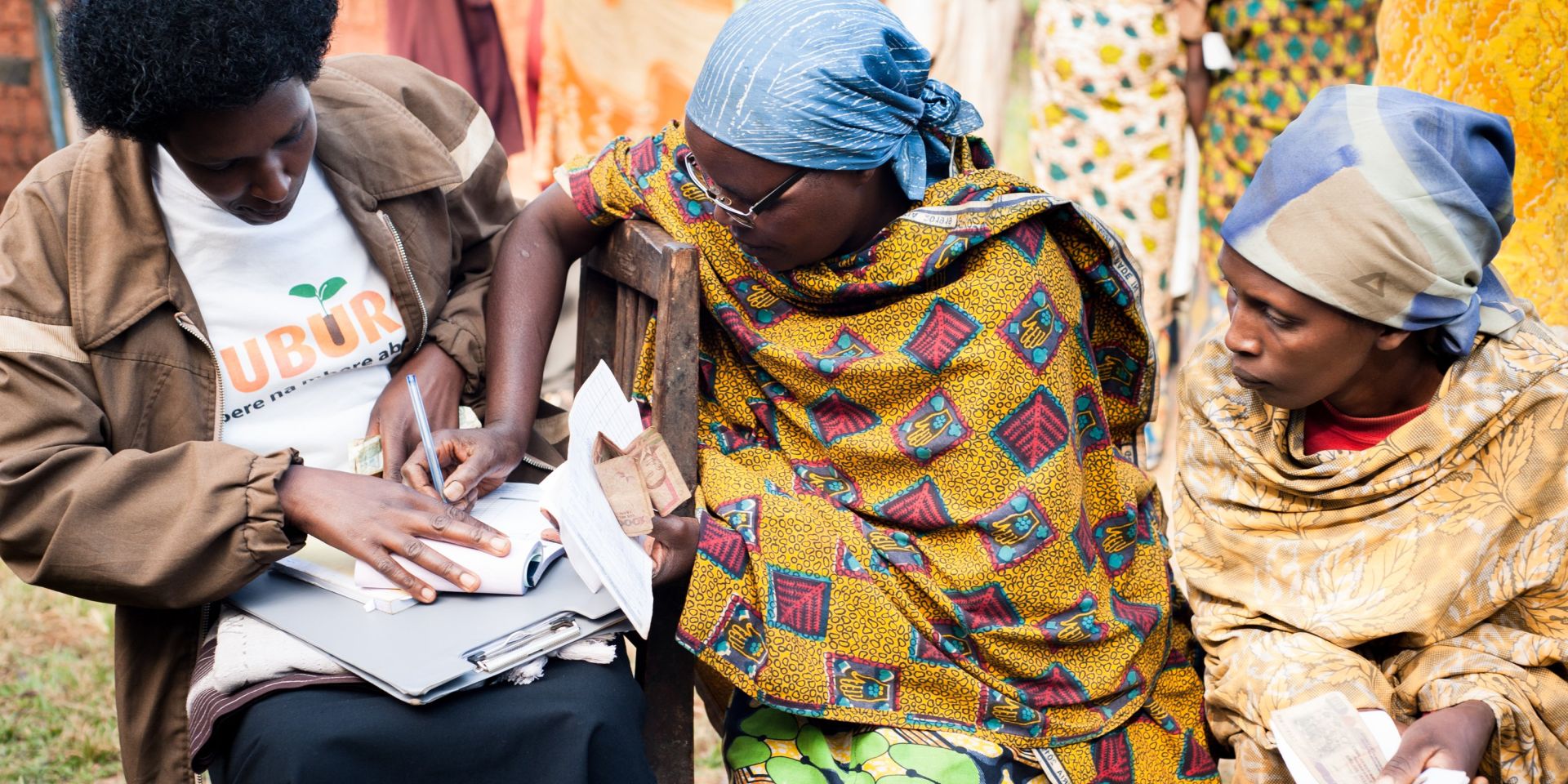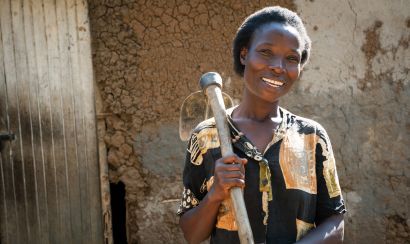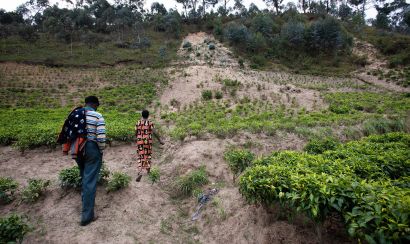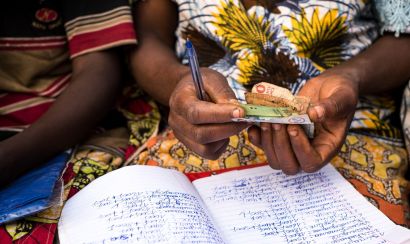Responding To The Risks of Farm Finance
This blog was co-authored by Mark Adams, One Acre Fund microfinance partnerships analyst, and Hilda Poulson, One Acre Fund policy analyst, and was originally published by the Seep Network. To read the original piece, click here.
Like most entrepreneurs, smallholder farmers in rural Africa need financing to invest in and grow their businesses. However, unlike most entrepreneurs, these farmers lack access to the financing they need to make the business of farming productive.
While the agriculture sector in Africa employs 65 percent of the labor force, farmers have surprisingly limited access to credit. Microfinance institutions, many of which focus on serving urban poor, perceive farmers as high risk. In their assessments, farmer income is irregular and highly susceptible to environmental shocks, and many smallholder farmers have low incomes and low productivity.
After crunching the numbers, most traditional MFIs balk at assuming the increased risks associated with financing farmers. These MFIs should reconsider financing farmers, and deploy strategies to manage those risks. If they do, it will unlock significant market potential.
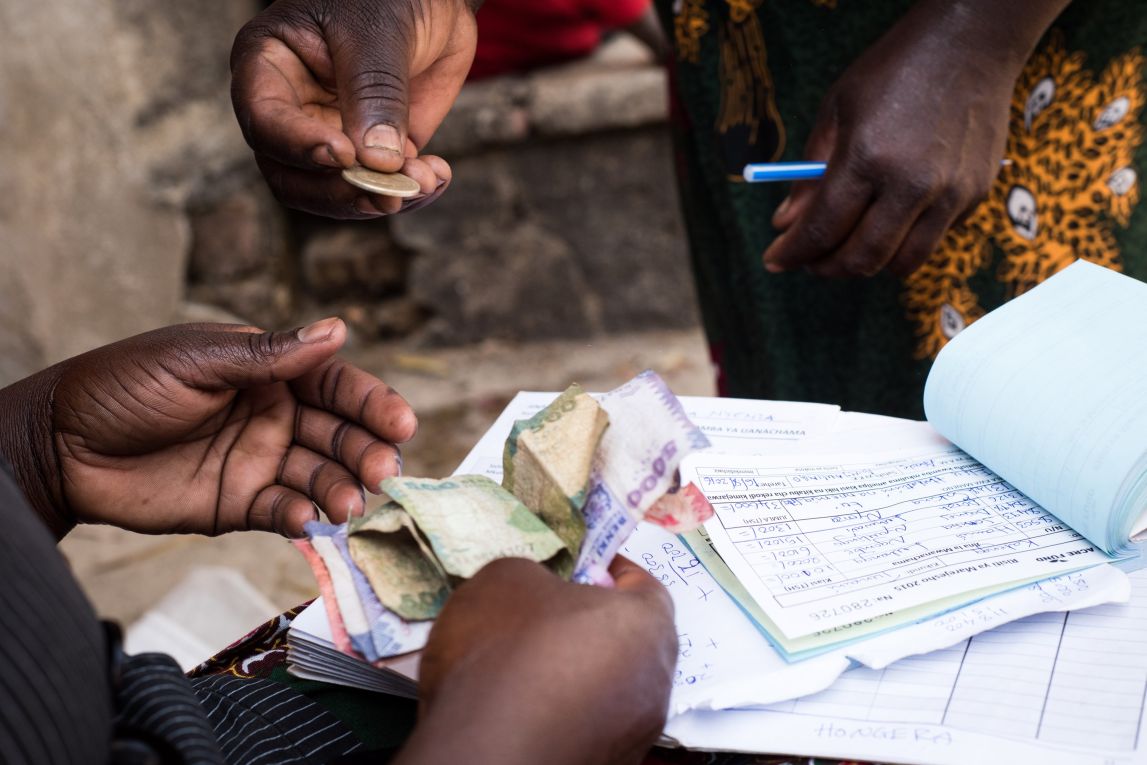
The Case for Financing Farmers
There is a huge demand for financial services among farmers that is still unaddressed. For example, the total amount of debt financing available to smallholder farmers in the developing world is approximately $9 billion. This amount meets less than 3% of the estimated $450 billion global demand. Additionally, the uniform profession of farmers means that effective solutions are highly replicable and scalable, which is attractive to donors and investors.
Since farmers comprise the largest and poorest group at the bottom of the pyramid, financial tools for farmers also have very high impact potential for MFIs guided by a social mission. Sustained growth in the agriculture sector has proven 2-4 times more effective at reducing poverty and improving livelihoods than growth in other sectors.
If MFIs can mitigate and overcome perceived risks associated with serving farmers, the opportunity—for nonprofits, private sector actors, and governments looking to boost economic growth through agricultural development—is tremendous.
Financing farmers poses risks, but these risks can be mitigated
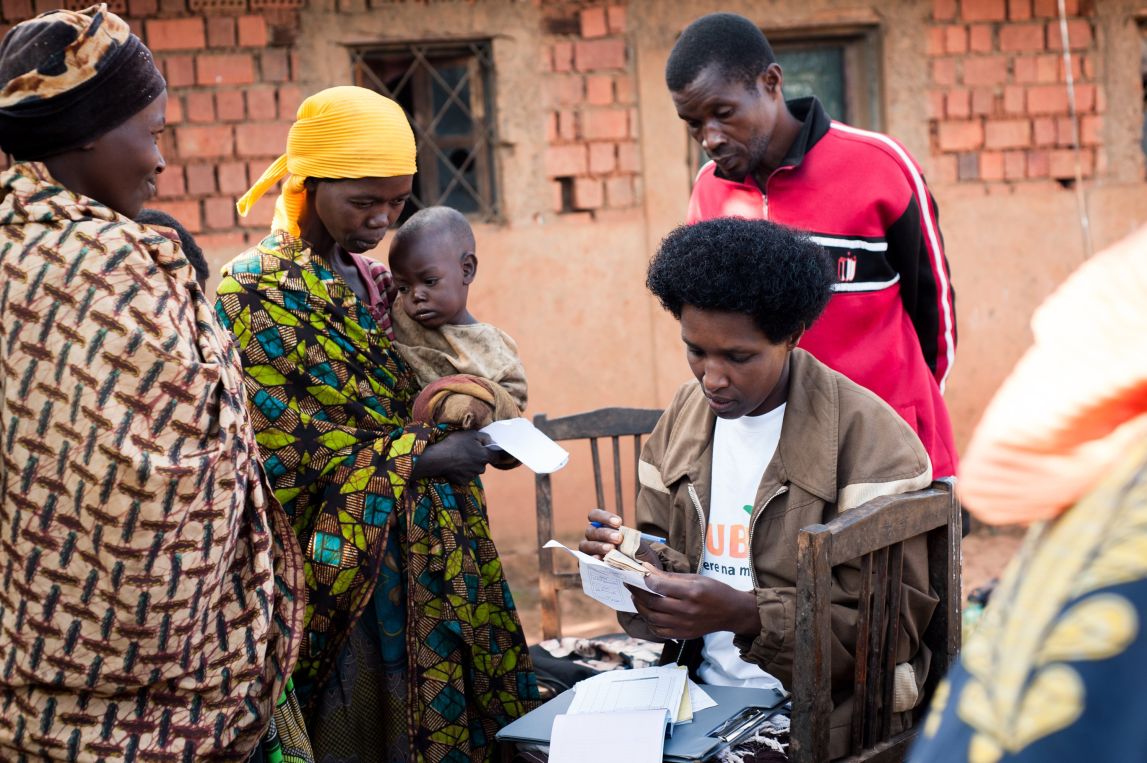
The unique financial needs of smallholder farmers can mean taking on an increased risk burden for MFIs. Smallholder farmers are highly susceptible to shocks, either from markets or natural disasters. They also tend to be risk-averse and refrain from investing in costly improved inputs, perceiving the risk of crop failure and livelihood loss as too great. Smallholder farmers frequently do not have physical collateral or other sources of income that would help insure the loan.
Yet an increasing number of MFIs, recognizing the market opportunity, are mitigating these risks and finding ways to bring financial services to this market. Some strategies they deploy:
- Traditional group lending. Muhammad Yunus’s Grameen Bank pioneered this model, involving the use of social rather than material collateral to hold clients of limited materials means accountable. When loans are made to small groups or cooperatives, peer pressure amongst members ensures payments are made. When an individual is at risk for default, group members agree to voluntarily cover their payments.
- Weather index-based insurance. Simpler and less costly than traditional insurance, weather index-based insurance relies on a weather index, most commonly rainfall, to determine payouts. This strategy, deployed by organizations such as MicroEnsure, is best suited for widespread areas affected by similar weather hazards, and where weather is closely correlated to crop yields. Payouts can be made automatically, and a faster payout is mutually beneficial— farmers are more willing to take on risk, and banks are more willing to lend.
- Farm yield increases. At One Acre Fund, increasing farm yields is a key component of our microfinance model. As part of their loan package, farmers receive trainings on planting and harvest storage techniques that help them to maximize their post-harvest profits. As a result, farmers who enroll typically experience yield increases of between 50 and 100%. These substantial increases are integrally linked to our 99% loan repayment rate. By dramatically increasing crop yield, farmers have both more food and more profit at the end of the harvest season.
Providing smallholder farmers with credit to invest in their farms isn’t just a good deed, it can also be a good business opportunity. There are risks involved, but there are strategies that can be implemented to reduce risk and to make farm finance a successful product for microfinance institutions.
